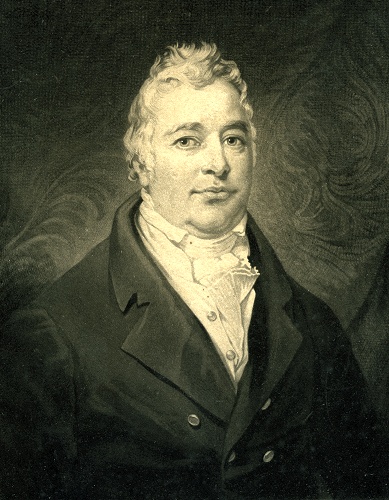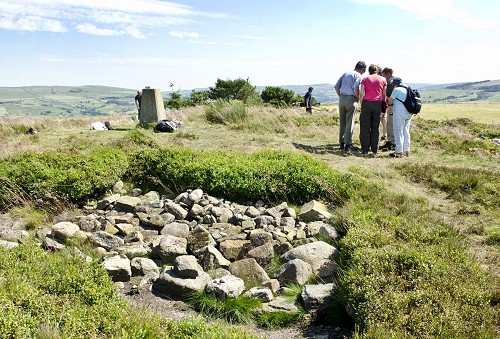From a talk at the Mellor Archaeological Trust Christmas lunch, December 14th, 2014, given by John Hearle
In the of the middle of the 17th century,100 years before Oldknow was born, cotton was hardly known in Britain, except what came from places like India. In his great book, The History of the Cotton Maufacture in Great Britain, Edward Baines quotes from the travels to India of the merchant, Tavernier, in the middle of the 17th century.
- Details
- Category: Articles
- Hits: 18205
Read more: Samuel Oldknow: the first successful maker of British muslins
Marple Local History Society Meeting, 10th December 2012
![]()
We are grateful to Martin Cruikshank of the Marple Local History Society, for permission to reprint here his report of the Meeting. On that evening members of the Society were gathered for their Christmas Party. A talk was to be given by Bob on the Wellington Wheel Pit at Mellor Mill, but Bob had suddenly done a disappearing act!
- Details
- Category: Articles
- Hits: 18941
Shaw Cairn Revisited - the dead of Mellor
A decade ago key finds from the Shaw Cairn excavations were in danger of being lost forever. The Reverend Marriott, circa 1800, had mentioned in his book, Antiquities of Lyme, barrows near Shaw Farm. In the mid-1970s, four amateur archaeologists with help from school students started ten years of excavations around the trig point on the top of Mellor Moor. They found a Bronze Age burial, which they called Shaw Cairn. Flints, pottery and cremated bones, which were stored in Kilner jars with names such as Hector, Marcus and Fred, were found. The only written record was a diary. In 2000, the material was rescued from one of their garages and a report was written by Victoria Mellor, a student on secondment to GMAU.
Now the surviving material has been expertly examined, while new work has revealed unexpected riches, as John Hearle reveals:
- Details
- Category: Articles
- Hits: 17820
Mellor - a hillfort in the garden
John Hearle lives in the Old Vicarage in Mellor, a village in Stockport, Greater Manchester. In 1998 three students excavated part of a ditch close to the house. Now after 12 years of excavations with hundreds volunteers, the complex site is being readied for publication.
There was a drought in 1995. When Ann Hearle looked over the north wall of the Old Vicarage drive, she saw a green line arcing over the field. On either side the grass was parched. Ann took some photos, thinking that the line might come from the foundations of medieval buildings. How wrong she was! In 1997, Peter Arrowsmith was writing a history of Stockport. Ann showed Peter the photos when he came to ask about the history of the district. He walked round and said "This is old!". That is how it all began. Next year, Graham Eyre-Morgan from the University of Manchester Archaeology Unit (UMAU) brought out three students. They carried out a resistivity survey and then dug trial trenches in the garden. One evening, Graham came out after the students had left and trowelled a bit further. He found the edges of a ditch cut into the rock. As the students dug deeper in the following days, they found Romano-British and Iron Age artefacts.
John Hearle reveals the findings:
- Details
- Category: Articles
- Hits: 16969


